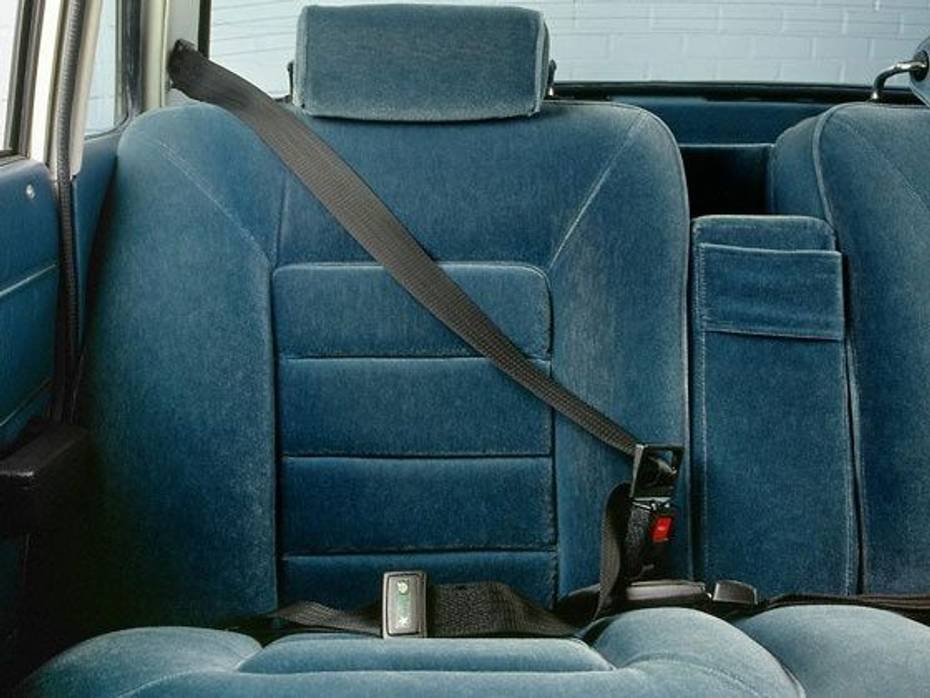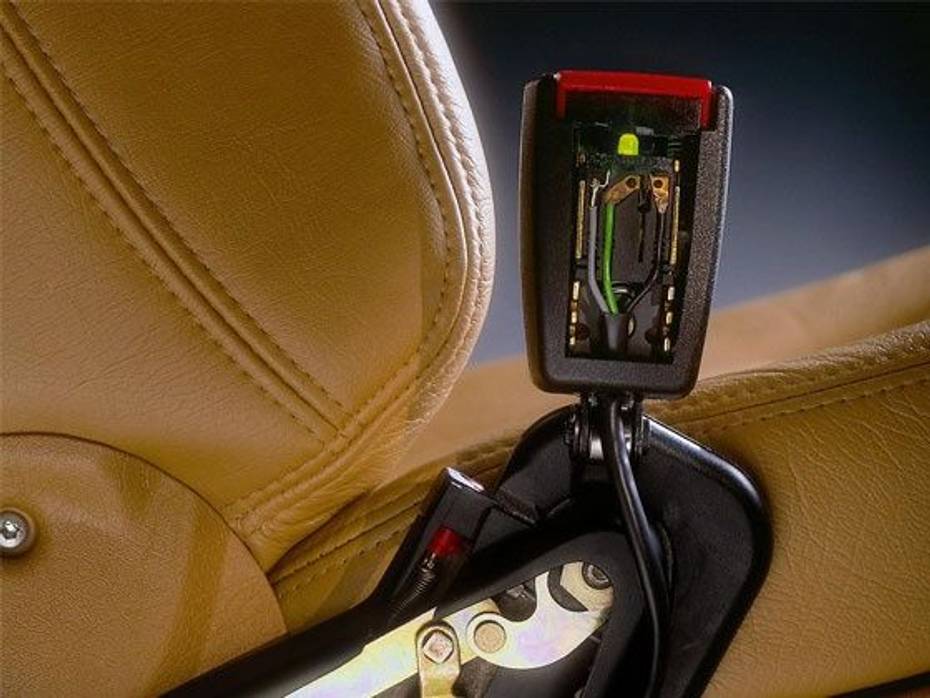
JSW MG Motor India Revealed Their New SUV, The MG Majestor At Auto...
- Jan 18, 2025
- Views : 4626

Mercedes Benz first introduced the seatbelt pretensioner in their 1981 S-Class. Modern seat belts use a three point anchoring system which was invented by Volvo in 1959. Two points of the belt are in the belt housing and one in the clamp that locks the belt in place. The three point seat belt spreads the energy of a moving body in a crash over the shoulder, pelvis and chest. This distribution of force prevents too much force acting over one part of the body which can hurt the occupant.

Pretensioners can be mechanical or electric. Mechanical pretensioners use an inertia wheel with a pendulum device that moves under rapid deceleration and locks the belt in place. A simple tug of the belt when it’s on will demonstrate that the belt refuses to move forward, thereby, reducing occupant travel in the event of a crash. An electrical pretensioner has a sensor which locks the belt in place in the event of a crash.


JSW MG Motor India Revealed Their New SUV, The MG Majestor At Auto...

Vayve Eva Vs VinFast VF3: Specifications, Powertrain, And Features...

VinFast VF3 vs MG Comet EV: A Detailed Comparison Of The Two Cute And...

Auto Expo 2025: Tata Sierra ICE Concept Breaks Cover, All Details...

The Story Of Tata Sierra: An Icon India Missed And Now Eagerly Awaits

Budget 2025: More Fuel For Your Auto Dreams?

Here’s A List Of All Cars That Will Be Coming To The Auto Expo...

Auto Expo 2025: Check Out New Cars From Mercedes-Benz Showcased At...

Tata Reveals Sierra ICE Concept For The First Time At Bharat Mobility...
India's largest automotive community
 Hyundai Creta Electric vs Mahindra BE 6: How Does It Feel Driving The Two Distinctively Different SUVs?
Hyundai Creta Electric vs Mahindra BE 6: How Does It Feel Driving The Two Distinctively Different SUVs?
 Say Hello To The MG Cyberster On Mumbai Roads In The English White Shade
Say Hello To The MG Cyberster On Mumbai Roads In The English White Shade
 Volvo XC90 Facelift Arrives on March 4, Here’s What to Expect!
Volvo XC90 Facelift Arrives on March 4, Here’s What to Expect!
 Volvo EX30 Cross Country Revealed Globally, What’s Special About It?
Volvo EX30 Cross Country Revealed Globally, What’s Special About It?
 Rolls-Royce Ghost Series II
Rs. 8.95 Crore
Rolls-Royce Ghost Series II
Rs. 8.95 Crore
 Kia Syros
Rs. 8.99 Lakh
Kia Syros
Rs. 8.99 Lakh
 Vayve Mobility Eva
Rs. 3.25 Lakh
Vayve Mobility Eva
Rs. 3.25 Lakh
 BMW X3
Rs. 75.80 Lakh
BMW X3
Rs. 75.80 Lakh
 Hyundai Creta Electric
Rs. 17.99 Lakh
Hyundai Creta Electric
Rs. 17.99 Lakh